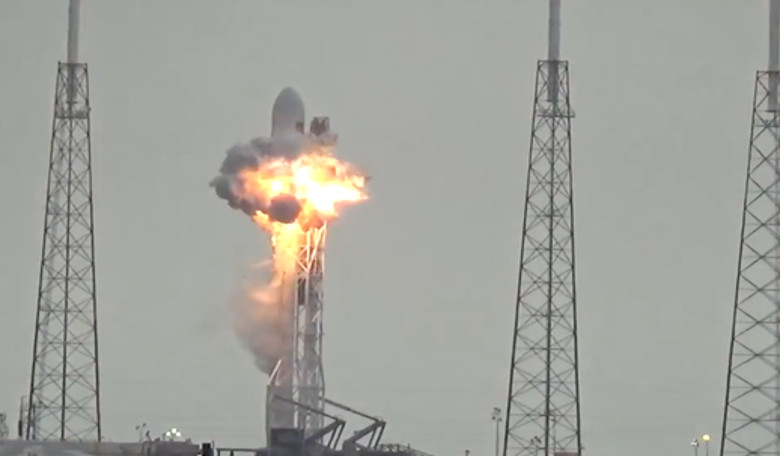Speaking with CNBC news, SpaceX CEO founderElon Musk, offered details as to why the company’s Falcon 9 rocket exploded during a static fire test on the 1st September in Cape Canaveral and the culprit is solid oxygen.
SpaceX has achieved many successes this year, however two months ago and two days before Facebook’s first satellite for use with its internet.org initiative was scheduled for launch into space, a problem arose that saw the destruction of the rocket and its intended payload - luckily however no-one was injured in the blast.
Speculation as to why this occurred has now been somewhat quelled as Musk stated that the explosion that destroyed the rocket was caused by a "really surprising problem that's never been encountered before in the history of rocketry."
In describing the “toughest puzzle we’ve ever had to solve” Musk said that the explosion was caused by supercooled liquid oxygen becoming so cold that it turned into a solid - a process that is not supposed to happen. “It basically involves liquid helium, advanced carbon fiber composites, and solid oxygen. Oxygen so cold that it actually enters solid phase,” reiterated Musk.
This solid oxygen may have had a bad reaction with another piece of hardware — a vessel that sits inside the upper oxygen tank. Although the explanation that frozen oxygen may have affected the rocket’s helium tanks was perceived as vague, Musk confirmed that his engineers had been able to replicate a ruptured helium tank.
However no further details have been issued by the company and SpaceX has declined to give further clarification about what Musk said on CNBC.
Nonetheless, now that the problem is known Musk expects SpaceX to return to flight before the year is out by and either Vandenberg Air Force Base in California or another launch pad at Cape Canaveral that the company leases from NASA is expected to be used for the next launch.











